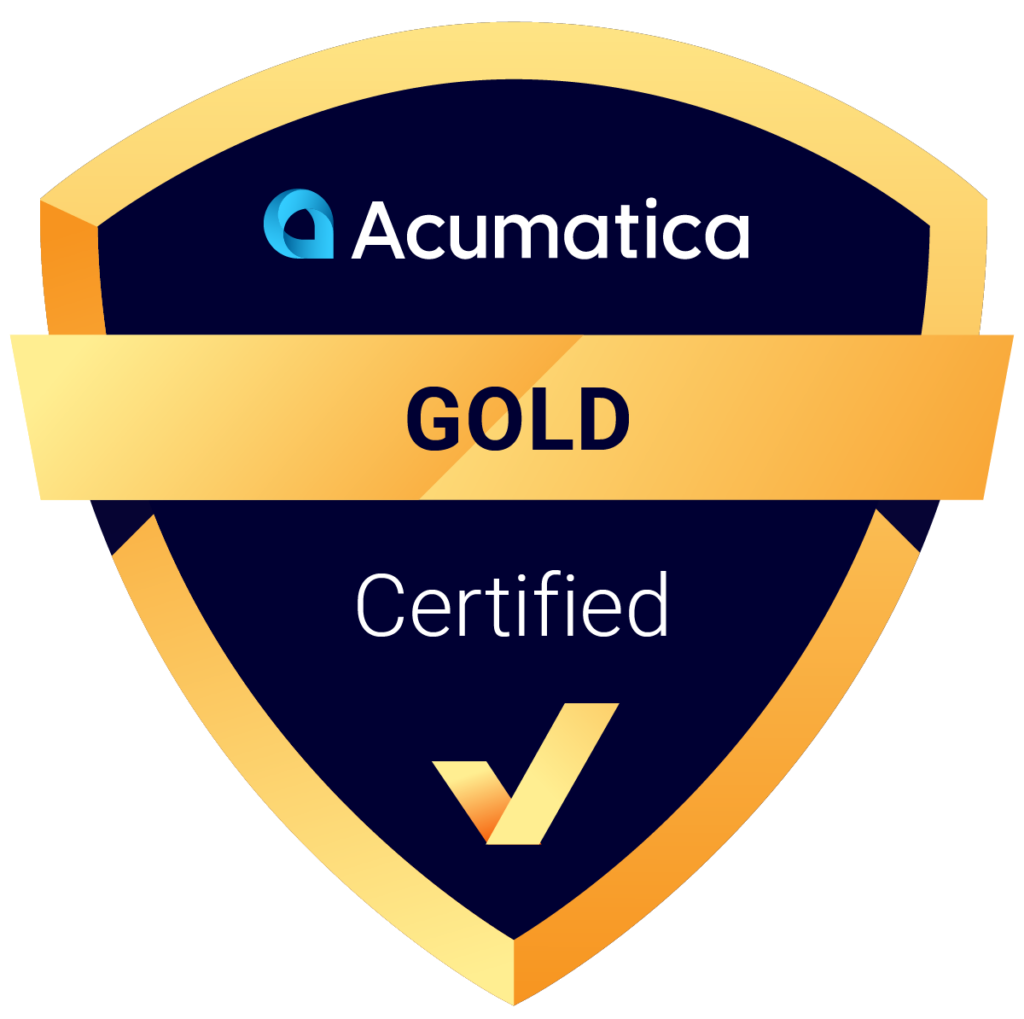Business is moving faster than ever, making it challenging for companies to monitor their progress in real time. For growing companies, particularly those in the volatile mining and distribution industries, a delay in getting the truth surrounding vital financial and operational metrics can make it challenging to stay on the path toward long-term profitability. However, a well-developed Key Performance Indicator (KPI) strategy can help companies navigate these challenges successfully. A robust KPI strategy helps your business measure its progress in real time—and enables you to make informed decisions that drive sustainable growth and long-term profitability.
What is a successful KPI strategy, and how can you build one for your organization? We share some of our thoughts on the topic here. Then, to learn more, check out our eBook Foster Long-Term Profitability with Must-Have KPIs.
Align KPIs with business objectives
The first step towards building an effective KPI strategy is aligning the metrics with the overall business objectives. Clearly define your long-term goals and identify the key drivers that impact profitability in your industry. For example, in the mining industry, KPIs related to operational efficiency, resource utilization, and safety can play a crucial role. Similarly, metrics such as inventory turnover, order fulfillment rates, and customer satisfaction are vital in the distribution industry. Tailoring your KPIs to align with specific objectives will help you focus on the areas that matter most for your business.
Pick an approach
KPIs are more than random lists of metrics. They can and should be organized into an approach—or approaches—that best fit your corporate goals. Indeed, different departments may adopt different strategies depending on the desired outcomes. Some common KPI approaches are:
- The North Star Metric—This approach involves identifying one metric that accurately reflects your product’s core value to customers. The idea is that this one metric will lead the company to long-term sustainable growth. For example, for a company like Airbnb, the North Star Metric might be “nights booked.” For a mining company, it might be “operational efficiency” or “cost per ton.”
- Objective and Key Results—This approach is more goal-oriented. Objectives are high-level organizational goals, and key results are measurable ways to track the achievement of these objectives. For example, an objective might be “increase equipment utilization,” and a key result could be “reduce downtime due to failure.”
- Balanced Scorecard—This approach involves measuring your performance from multiple perspectives: financial, customer, internal process, and learning and growth. The aim is to provide a more balanced view of your performance. For example, a distribution company might have KPIs for revenue (financial), customer satisfaction score (customer), efficiency of workflows (internal process), and employee engagement (learning and growth).
- SMART KPIs—SMART stands for Specific, Measurable, Achievable, Relevant, and Time-bound. This approach encourages you to define KPIs that are closely tied to specific business objectives, can be quantitatively measured, are achievable and realistic, are relevant to the strategic direction of the business, and have a defined time period to achieve them. For example, a SMART KPI for a mining company could be to “increase EBITDA (Earnings Before Interest, Taxes, Depreciation, and Amortization) by 8% by the end of the year.”
Each approach has its strengths, and you can use them in different contexts depending on your business’s strategy and objectives. Often, we see our mining and distribution clients use a mix of these approaches to define their KPIs.
Select the right KPIs
Once you have identified your business objectives, take the time to carefully select the KPIs that directly reflect those goals. It’s important to strike a balance between quantitative and qualitative metrics. Some commonly used KPIs for midmarket mining and distribution companies may include:
- Cost per ton of material processed
- Inventory turnover ratio
- Safety incident rate
- Employee turnover rate
- On-time delivery percentage
- Revenue per customer
- Customer satisfaction score
Remember, the selected KPIs should be measurable, relevant, and provide actionable insights. However, avoid falling into the trap of tracking too many metrics, as it can lead to information overload and dilute your focus.
Establish clear targets and benchmarks
To drive continuous improvement, it is essential to set clear targets for each KPI. Define realistic yet ambitious goals that align with industry standards and market conditions. Conduct thorough research to establish benchmarks by analyzing the performance of leading companies in your sector. There are several sources for these types of benchmarks, some available at no charge and others requiring a fee. By comparing your performance against industry benchmarks, you can identify areas for improvement and implement strategies to stay ahead of the competition.
Implement effective data collection and analysis
Accurate data collection and analysis are at the core of a successful KPI strategy. Technology solutions, like Acumatica, automate much of the data collection processes and ensure data integrity. Implement a robust data management system that enables real-time monitoring of KPIs and provides meaningful insights. Regularly review and analyze your KPI data to identify trends, patterns, and areas of concern.
Foster a culture of accountability and collaboration
Developing a successful KPI strategy requires a collaborative effort across all levels of your organization. Create a culture of accountability by clearly communicating KPI goals to all employees and teams. Encourage open dialogue, provide regular feedback, and recognize and reward individuals and teams that contribute to achieving KPI targets. By fostering a culture of transparency and collaboration, you can keep everyone aligned with the company’s long-term profitability objectives.
By aligning KPIs with business objectives, selecting the right metrics, establishing clear targets, implementing effective data collection and analysis practices, and fostering a culture of accountability and collaboration, your organization can drive sustainable growth and stay ahead of the competition. A well-defined KPI strategy enables finance and management teams to make informed decisions, optimize operations, and deliver value to stakeholders, paving the way for long-term success.
Read more on this topic in the eBook, Foster Long-Term Profitability with Must-Have KPIs. And to learn more about the solutions Caron Business Solutions offers for mining and distribution companies, reach out to a member of our team.




